All students now likely have some form of unfinished learning due to the impact of COVID-19. As a principal of a high-needs inner-city school, there were many questions I encountered that needed to be answered when designing our program for extended learning opportunities. What makes extended learning meaningful for students? How do we engage students and families? What curriculums are successful at accelerating their learning? What program components need to be in place to have the most impact on student growth?
Table of Contents
Great instruction is great instruction, regardless of the setting, making this the goal of an educator each and every day. This leaves us wondering what makes providing these extended learning opportunities so complicated?
Keys to Maximize Extended Learning Opportunities
The answer becomes obvious when reflecting on the different components of highly effective extended learning opportunities. These components in isolation may not be difficult to implement. However, the existence of all these components simultaneously can result in obstacles that must be thoughtfully addressed and overcome through strategic planning.
Here are five key components found within effective extended learning opportunities and why they matter for students.
1. Highly-qualified Teachers
The success of extended learning opportunities is largely determined by the quality of the teachers. They make all the difference in student outcomes. They must be passionate, fully certified, committed to professional growth and development, and dedicated to collaboration with their instructional leadership or coaching team.
Too often, schools and districts do not have the staff they need to support these programs. However, these efforts will be less impactful if ineffective yet available and willing teachers are selected to provide the instruction. Extended learning opportunities must be staffed by master educators who will ensure students’ time is well-spent, resulting in their growth and achievement and exciting them about the learning process.
2. Intentionally Designed Curriculum & Instruction
Quality, tier 1 instruction that is rigorous and data-driven throughout all learning environments must exist. The quality of the curriculum and instruction often determines the effectiveness of extended learning opportunities. It must be in addition to, not in substitution of, quality instruction within the regular classroom environment. Extended learning should enhance student learning by building on the foundation already provided in the regular classroom and during the regular school day while also reaching all students at their individual levels.
3. Effective Instructional Minutes
Maximizing students’ time during the school day is key. Consistent routines, procedures, and expectations that limit disruptions to the learning environment, including the time spent during transitions, instructions, and behavior corrections, allow more time to be spent on learning. Use time with students wisely. If we waste minutes with students at school, extended learning cannot truly be considered extended learning. It is just finishing the learning that should have happened when we wasted time throughout the school day.
Extended learning should be in addition to a great year of instruction and fall within the range of 45-100 hours for maximum impact. Mandatory extended learning opportunities during the school day and during the school year are by far the most effective best practices. When attendance is not mandatory, the effectiveness of a program is at risk, especially when compared with the effectiveness of programs that are held after school and on weekends. Summer programs are often the most effective voluntary extended learning opportunities for students. If voluntary attendance is the only option, students and families should be incentivized, inspired, and encouraged in ways that maximize student engagement and participation.
4. Low Class Sizes
A comfortable and inviting learning environment is necessary to meet individualized student needs. Extended learning opportunities have the advantage of keeping class size and student groups small. Maintain that practice, if possible. Research shows that best practice is groups of no more than 15 students and far fewer when possible. Extended learning opportunities should take advantage of the ability to individualize instruction and target students’ specific needs in a smaller class setting.
5. Student Engagement
Generate engagement through quality lesson plans and activities, a positive school and classroom climate and culture, and meaningful family and community partnerships. This results in high student attendance rates and an enthusiasm for learning. Because students and families may view extended learning opportunities as “extra” or “optional,” it’s even more critical to build excitement and enthusiasm to generate participation and consistent attendance.
This is largely determined by the climate and culture surrounding the program, the passion of the educators, how these opportunities are communicated to students and families, and the rigor, pace, and content within the daily lessons and activities. Extended learning opportunities need to be seen as valuable, even fun. Students will show up, and families will be excited to ensure attendance.
Extended Learning Program Next Steps
Knowing and understanding the value and significance of the five components discussed above allows educators to plan and design the perfect extended learning activities based on the unique needs of their students. When these components are effectively implemented and utilized as the foundation for the program, student success should manifest. There are many options to consider for implementation. Here are eight of the most common and most effective extended learning examples:
- Opportunities Within the School Day
- Extended School Days
- Extended School Week
- Expanded School Year
- School Break Programs
- Before and After School Programs
- Digital – Online Learning
- Tutoring – Mentoring
A lot goes into designing an amazing extended learning program for students, and the task can appear overwhelming! School Specialty has the resources needed to ensure that these programs are successful. Having the right tools and products gives educators the time, security, and confidence needed to focus on delivering incredible instruction. Within these tools exists a wide range of diverse materials that address the learning needs of all students with rigorous, hands-on, and authentic activities that are engaging and fun for learners. Explore below for some of our wonderful offerings!
Laura Nicole Hill
Nicole has served within the field of education for 16 years as a classroom teacher, specialist, assistant principal, and principal. She is certified as an educator in the areas of EC-12 Principal, EC-8 Generalist, 8-12 English Language Arts, Reading, and Social Studies, EC-12 Special Education, EC-12 Gifted and Talented, and EC-12 English as a Second Language. Her school experience varies and includes work with students in prekindergarten through 12th grade, both in Texas and Europe, and within communities that were uniquely diverse in terms of their demographics, size, and campus needs. While serving in these roles, she developed expertise in the areas of curriculum and instruction, professional development, and leadership. As the Instructional Solutions Subject Matter Expert for School Specialty, she provides expertise in the areas of Literacy and Math, as well as other content areas and classroom resources.
Read more by Laura Nicole Hill–>



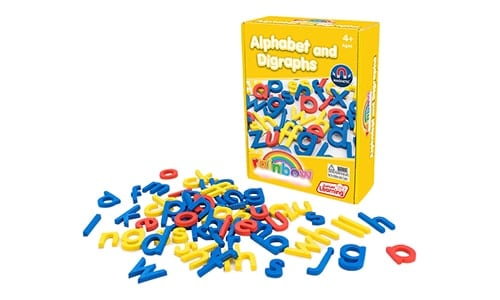
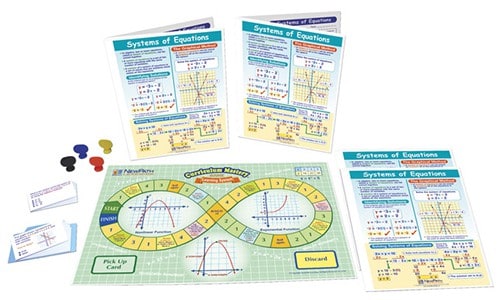
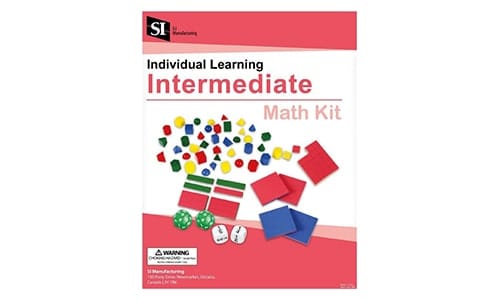
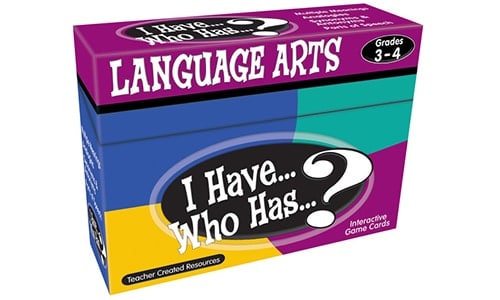
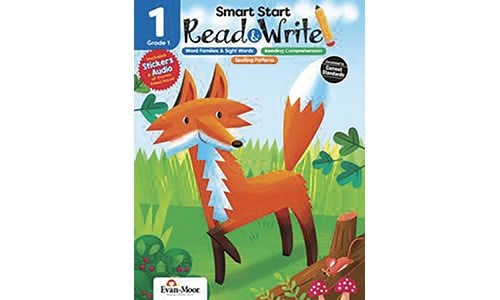
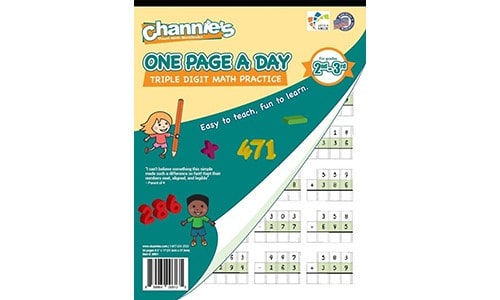
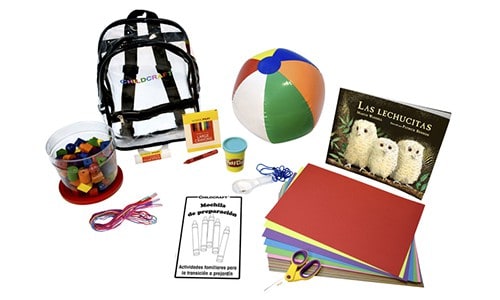
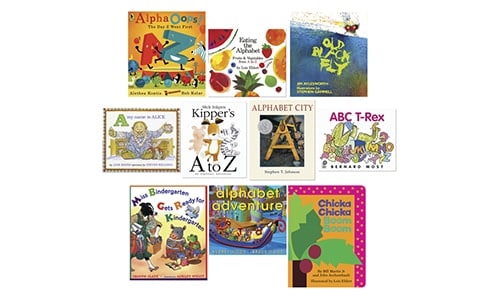
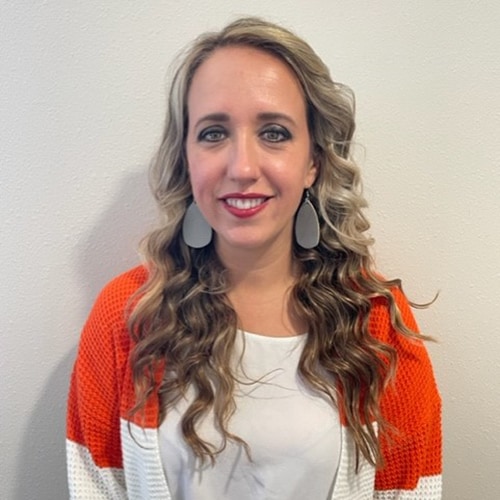




Leave a Reply